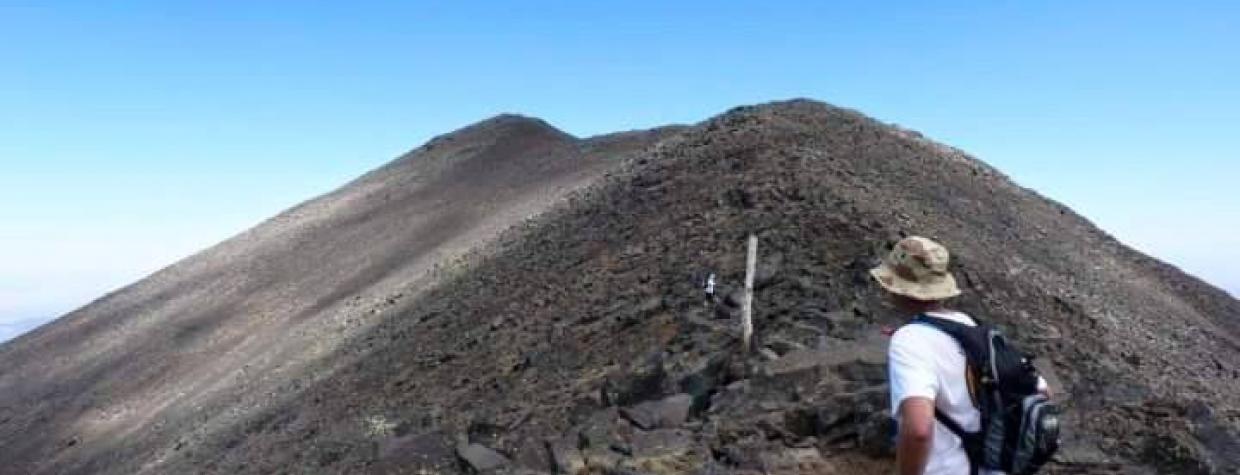A lightning strike Wednesday killed a 17-year-old boy and injured two other people near the summit of Humphreys Peak north of Flagstaff.
According to the Associated Press, the hikers called 911 to report the incident around 1 p.m., during a heavy monsoon storm in the area. Because of continuous lightning on the San Francisco Peaks, rescuers were unable to reach the group until 5 p.m.
The two injured hikers, ages 17 and 18, were conscious and walking when rescuers reached them, and both were taken to Flagstaff Medical Center for treatment of lightning-caused injuries, the AP reported.
Lightning is a constant danger during Arizona's monsoon, and Humphreys Peak — Arizona's highest point, at 12,633 feet — offers little in the way of shelter when a storm appears. For a reminder about lightning safety, we present this excerpt from Man Vs. Wild, our November 2008 cover story by our managing editor, Kelly Vaughn.
When it comes to avoiding a lightning strike, rules do apply. Take, for example, the "30-30 Rule." According to the National Weather Service, the rule states: "When you see lightning, measure the time it takes to hear the thunder. If the time is 30 seconds or less, immediately head to a safer place. If you can't see the lightning, just hearing the thunder means lightning is likely within striking range. After the storm has dissipated or moved on, wait 30 minutes or more after hearing the last thunder before leaving the safer location."
So, what do you do if you're in the wilderness and a safer location isn't readily available? According to the NWS, you should move from high ground to lower ground and assume the "lightning crouch": Put your feet together, tuck your head and cover your ears. If you're with a large group of people, spread out so there are several body lengths between each person, and avoid wide-open areas and tall, isolated objects.

